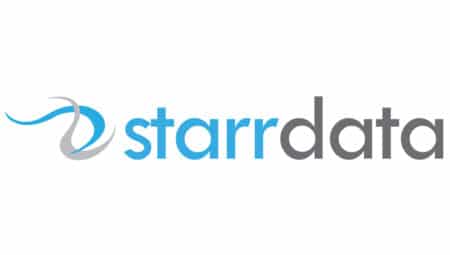As Salesforce consultants, we are constantly asked by Salesforce users how they can see where their leads are coming from and what kind of revenue the channels generate. The first question we ask is if they are using Salesforce Campaigns, and the most common answer is, “What are those?”
In a nutshell, Campaigns link Leads and Contacts to Marketing Initiatives like trade shows, email blasts, mailings, etc. When a lead is first entered into Salesforce and associated with a campaign, and the Lead converts into an Account and Contact with an Opportunity, Salesforce does the additional linking for you by associating the new Contact and Opportunity to the Campaign on conversion.
Salesforce has multiple formula fields on the Campaign page that do the hard work; they tell you how many Leads and Contacts are associated, how many Leads converted to Contacts, how many Opportunities are associated, how many have been won, and the value of both sets. This is done by Salesforce as long as the Lead has a Campaign before converting it. This also works for Contacts when creating additional or new Opportunities for them. Just ensure the Contact is associated with a Campaign before creating the Opportunity.
Leads and Contacts can be associated with multiple Campaigns using the Campaign Member, which is created automatically when adding them to the Campaign. This allows you to set the Member’s “Status” to track where they are in the process. For example, if you were putting on a trade show, you would probably go through a process like the one listed below.
- Invite them
- They accept or decline
- If accepted, they attend
Because each of the above actions can be a Member Status value, you can easily track all the people associated with it. And, if we take this one step further, we can assign a “Responded” attribute to the “Attended” Status since this is what we wanted them to do. They may have accepted, but if they didn’t attend, they didn’t do what we wanted. We can track the response rate of all associated people using this “Responded” attribute on the status value(s).
This “Responded” attribute can be used in other places as well. If a person (Lead, Contact, or even Account now) is associated with multiple active Campaigns, we want to be able to include them as influential on the Opportunity. It usually takes multiple touchpoints to generate a sale or Lead conversion, so we do not want to lose this data.
If the Lead is invited to three or four monthly or quarterly trade shows, each with their own Campaign, and they finally attend the last one, they would have “Responded” to that Campaign. This would be the “Primary” Campaign for the associated Opportunity, but those other Campaigns (invites) cannot be dumped; they should be included in the “Influence” of the Opportunity so they can still get some credit for the sale. An opportunity could have many “Influential” Campaigns associated with it, with one final “Primary” Campaign.
Salesforce Campaigns has great reports for you, but just like anything else, you can only report on data if it exists. If you are not using Salesforce Campaigns now, consider all the data you are missing. Start with a few simple ones, like a “Website Contact Us,” and grow from there. Eventually, each event or other Marketing action should have an associated Campaign.
Contact us if you need help getting started with Salesforce Campaigns.

